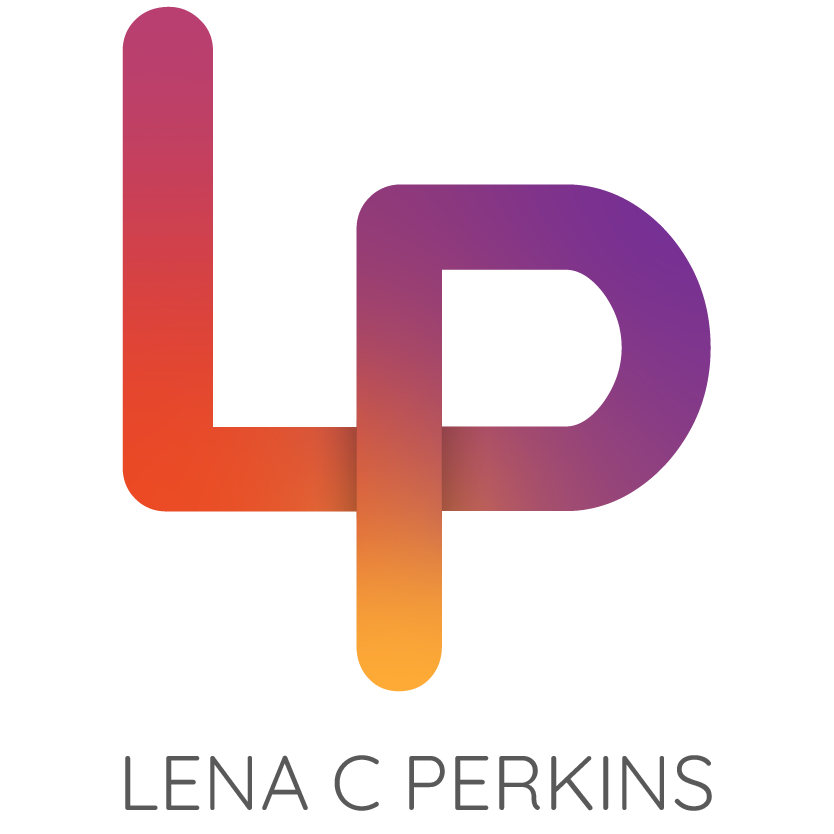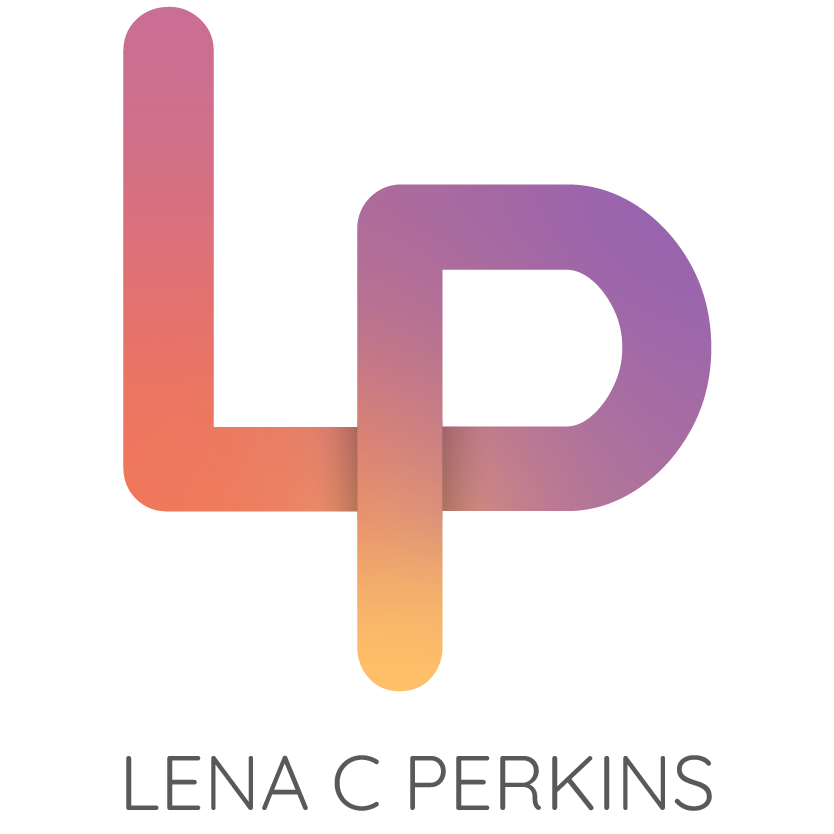Brief
Create a product or service that educates.
How Might We Statement
How might we provide an educational service that allows people to make responsible and environmentally conscious decisions?
Problem
Fast-fashion is a huge environmental issue without a clear-cut solution. Consumers of fast-fashion are both largely unaware of the extent to which their goods impact the environment and how to reduce their environmental footprint.
Goal
Offer environmentally-conscious fashion consumers an easy way to offset the environmental impact of their purchases and to educate them of the impact of their purchases to encourage manageable and incremental steps towards making more sustainable shopping decisions.
Proposal
A browser extension that utilizes affiliate links to offset the carbon footprint of purchases, targeted to individuals who want to learn more about and reduce their environmental impact.
Finding an Opportunity
Ideation
Starting with our How Might We Statement, we began by discussing areas of interest and narrowed our focus to fast-fashion.
Research
We conducted secondary research to examine current issues within the fast-fashion industry to identify gaps, opportunities, and potential target markets. Once we identified a problem, we examined existing business models that could work within the context of our project and found Rakuten and Honey, two Google Chrome extensions that offer rebates to online shoppers through affiliate links.
First Iteration
During this iteration, we created two paper prototypes that walked through different checkout processes: displaying products on our website on our website or using a browser extension.
Who did we build this feature for?
We built this for people 18-30 years old who are environmentally conscious and have a desire to buy products that have minimal harm to the environment.

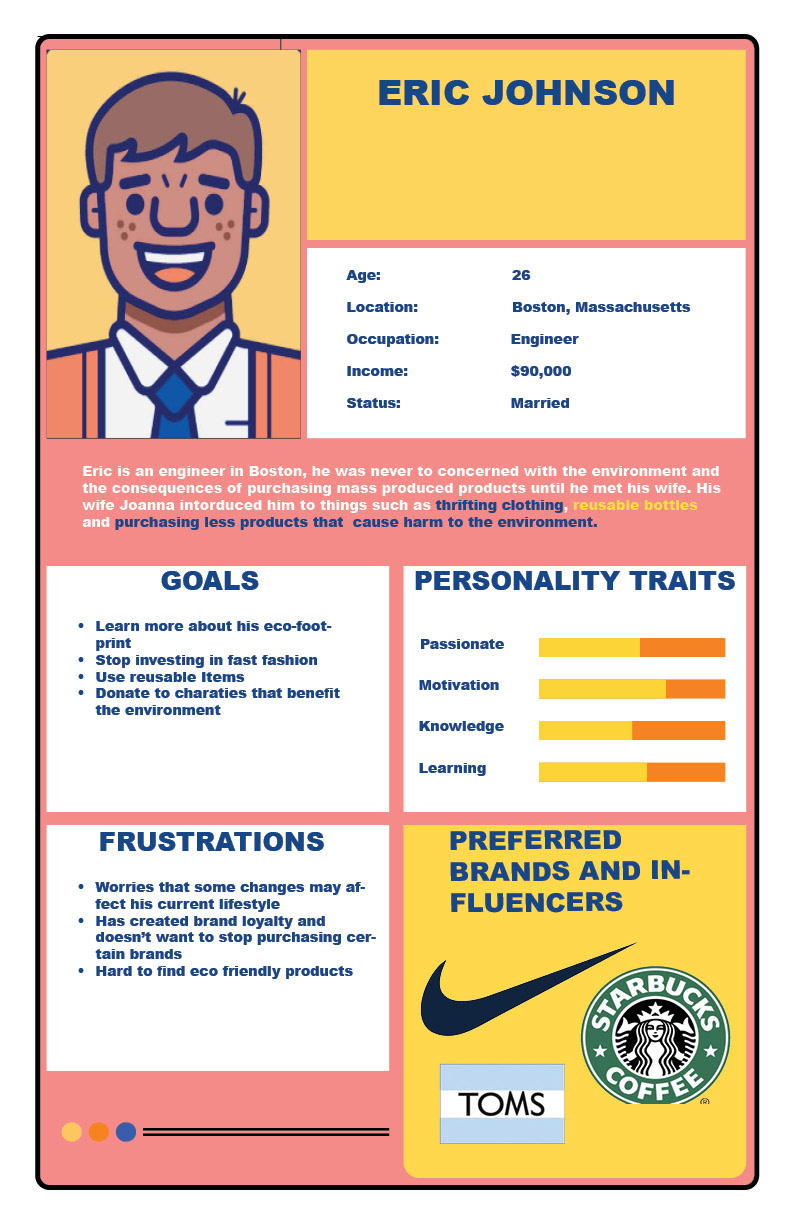

Paper Prototype A: Google Chrome Extension, Third Party Checkout

Google Search Ad

Website Landing Page
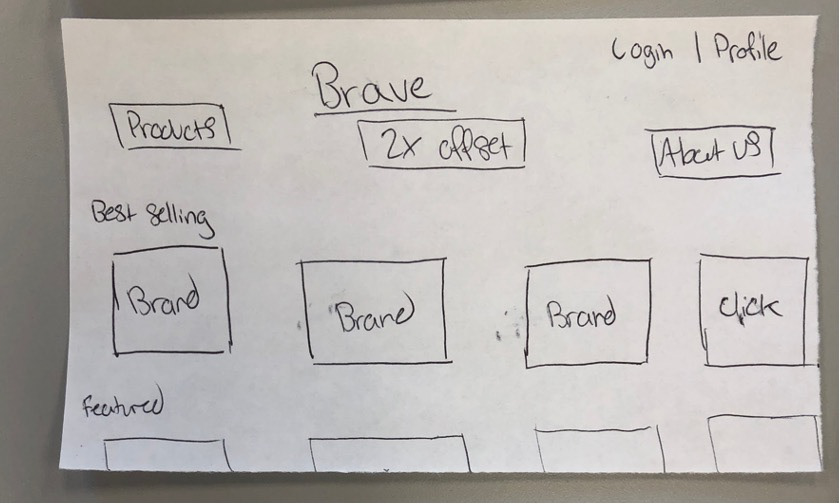
Product Overview Page

Product Offerings available on Zara’s website
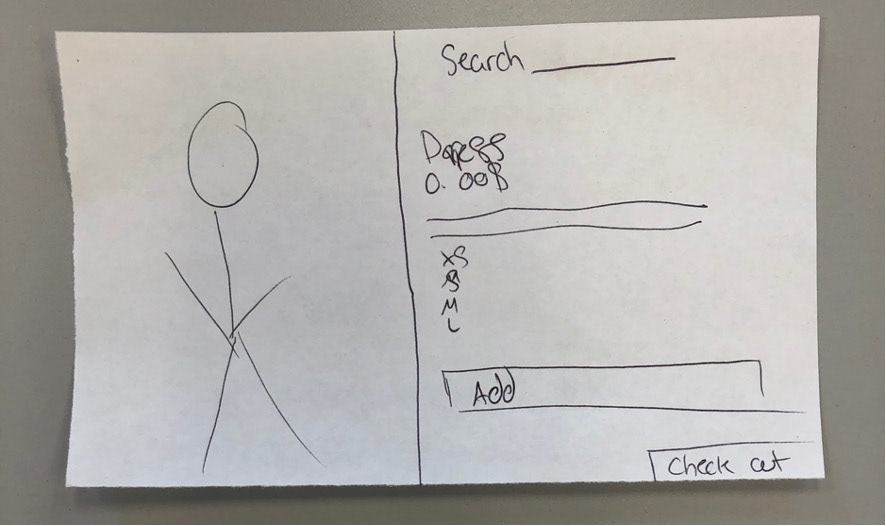
Selected Product
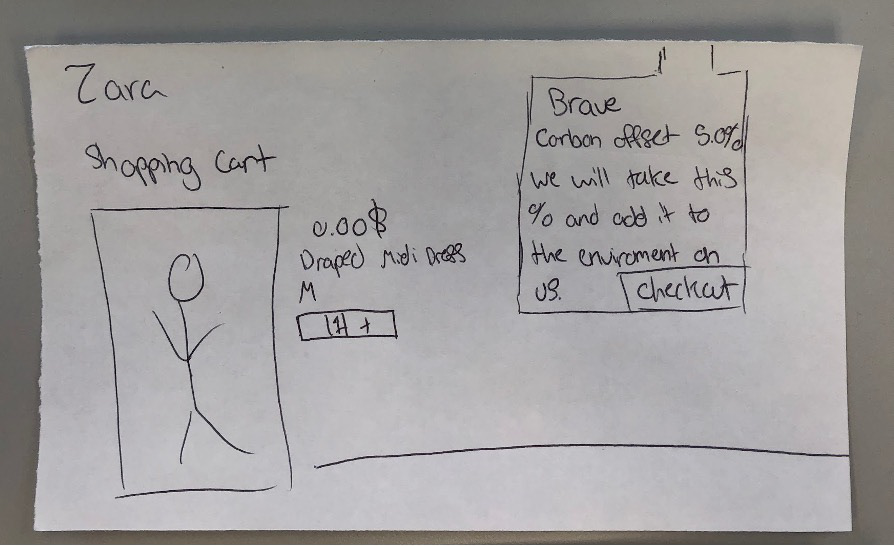
Google Chrome extension pops down to show carbon offset
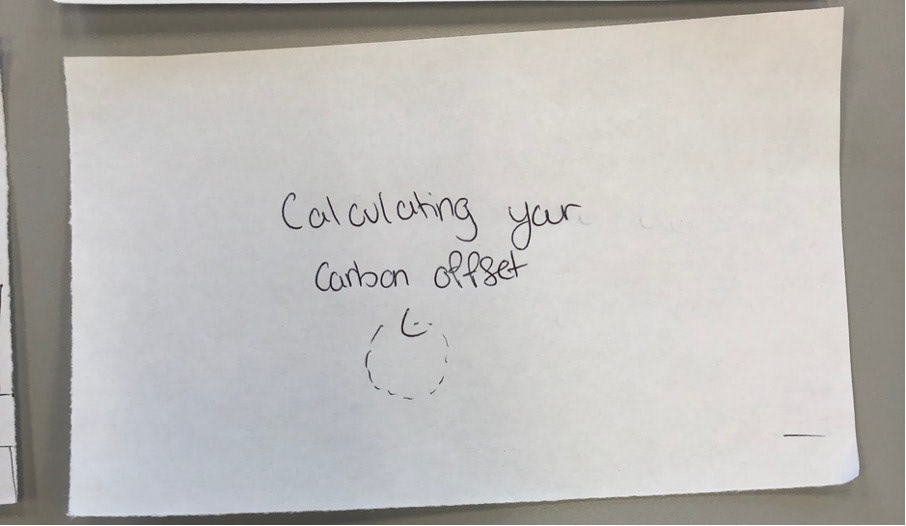
Carbon Offset being calculated loading screen

Final Checkout page, displaying carbon offset
Paper Prototype B: CarboNeutral Website Checkout
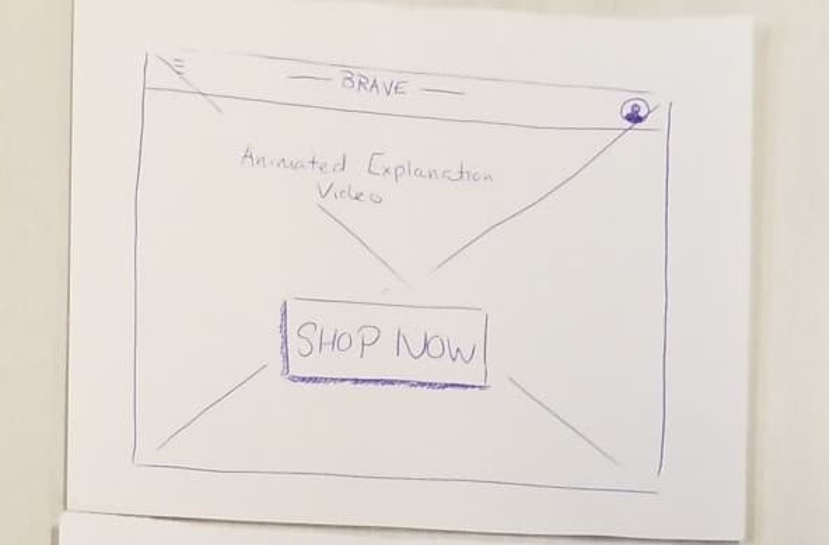
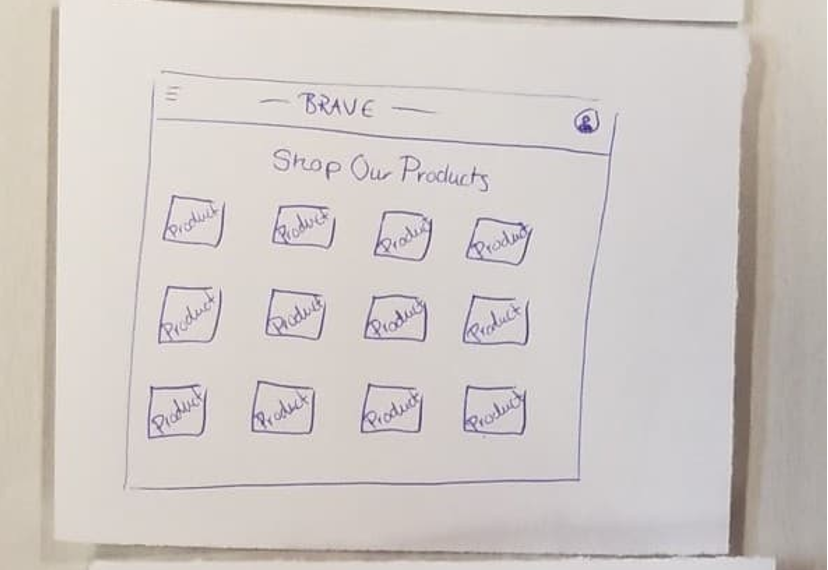

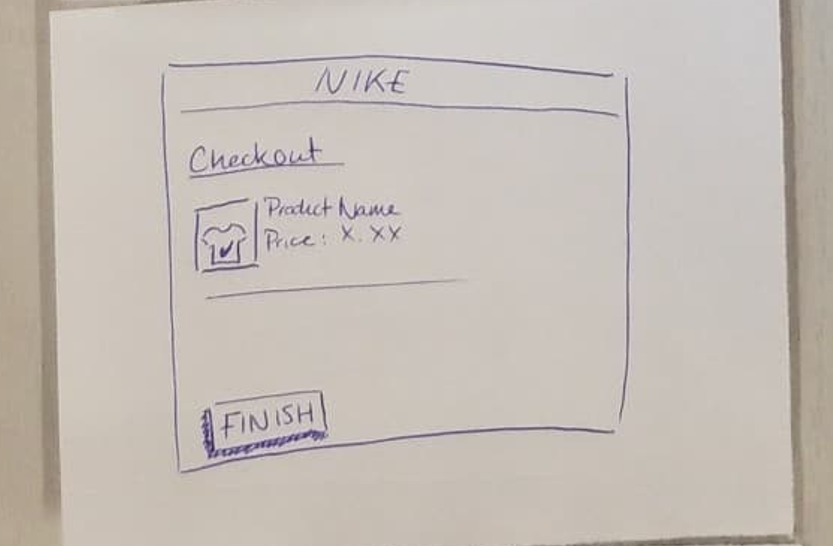

Testing
We wanted to find out whether a browser extension or having products on our website would provide a better user experience. To do this, we split up into two teams and guerrilla tested each prototype and regrouped to discuss our findings.
Findings
After testing our paper prototype we found that it was a much easier experience for users to use the Google Chrome extension than having a product directly on our site. The experience showed that it was easier for them to understand the carbon offset and the impact of their decision.
We found that users had difficulty visualizing the website and extension when testing a low-fidelity prototype. We also found that users expect visual cues relevant to the environment such as natural colours and iconography in our visual design.
Additional Sketching

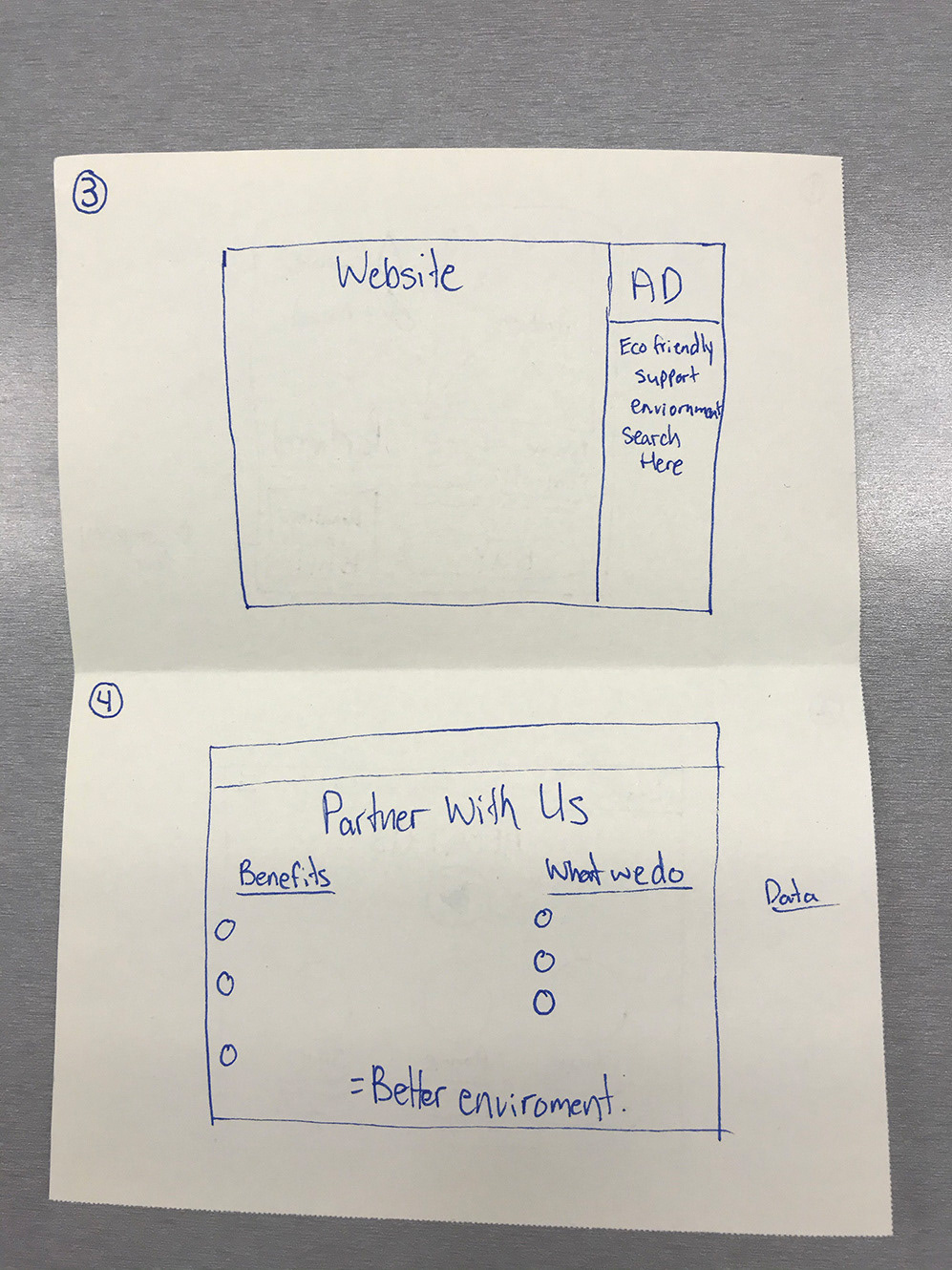

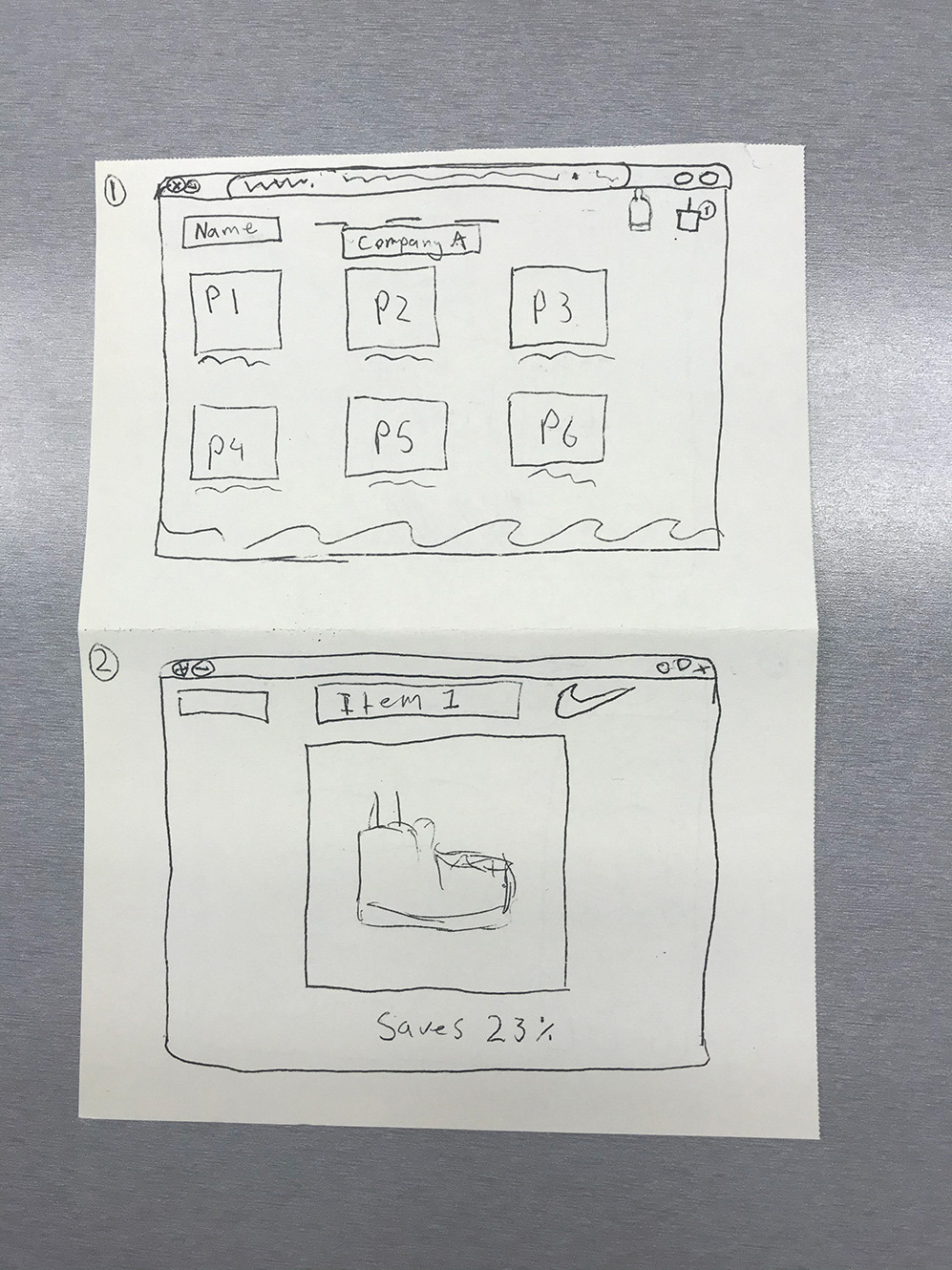
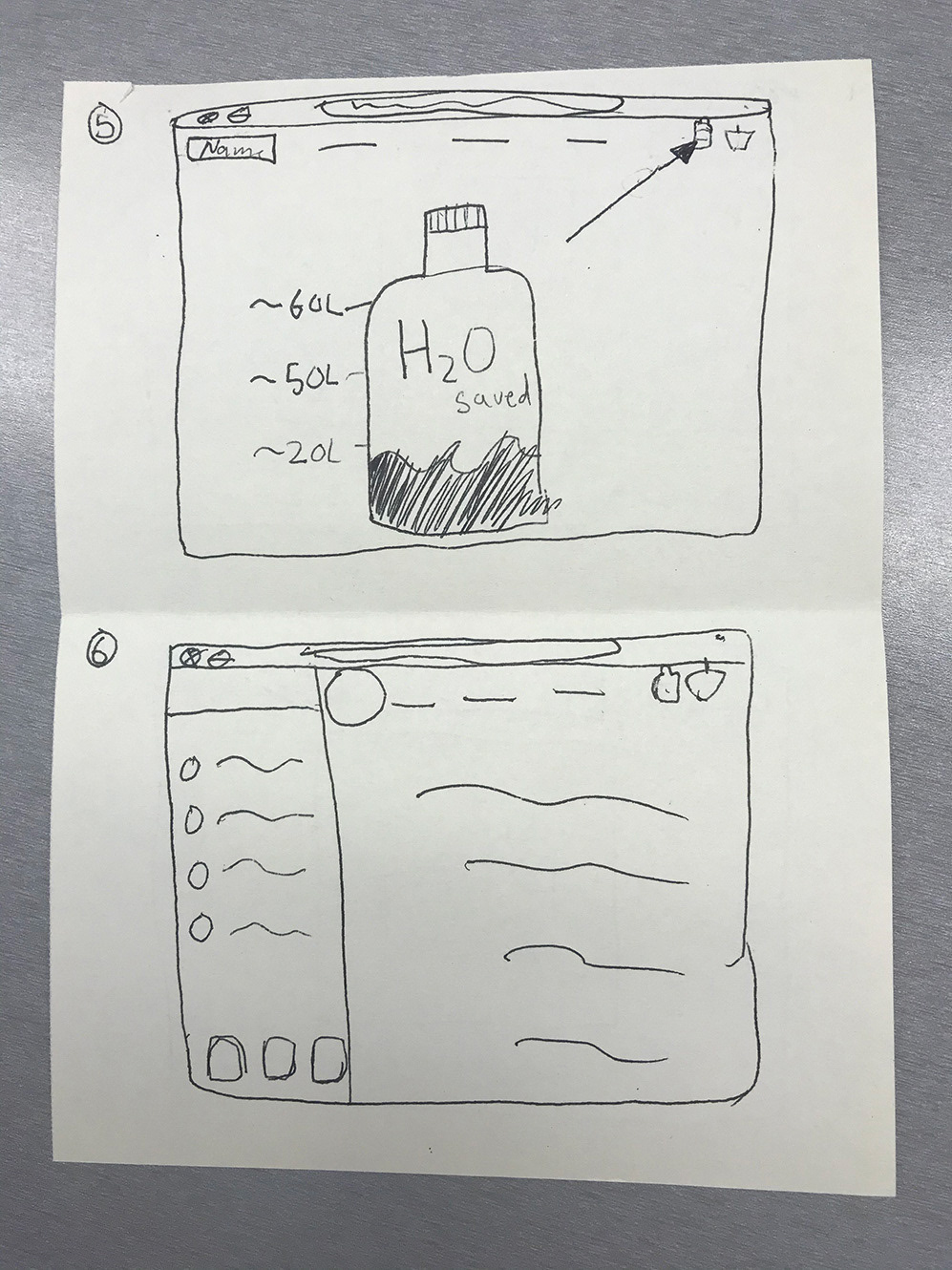
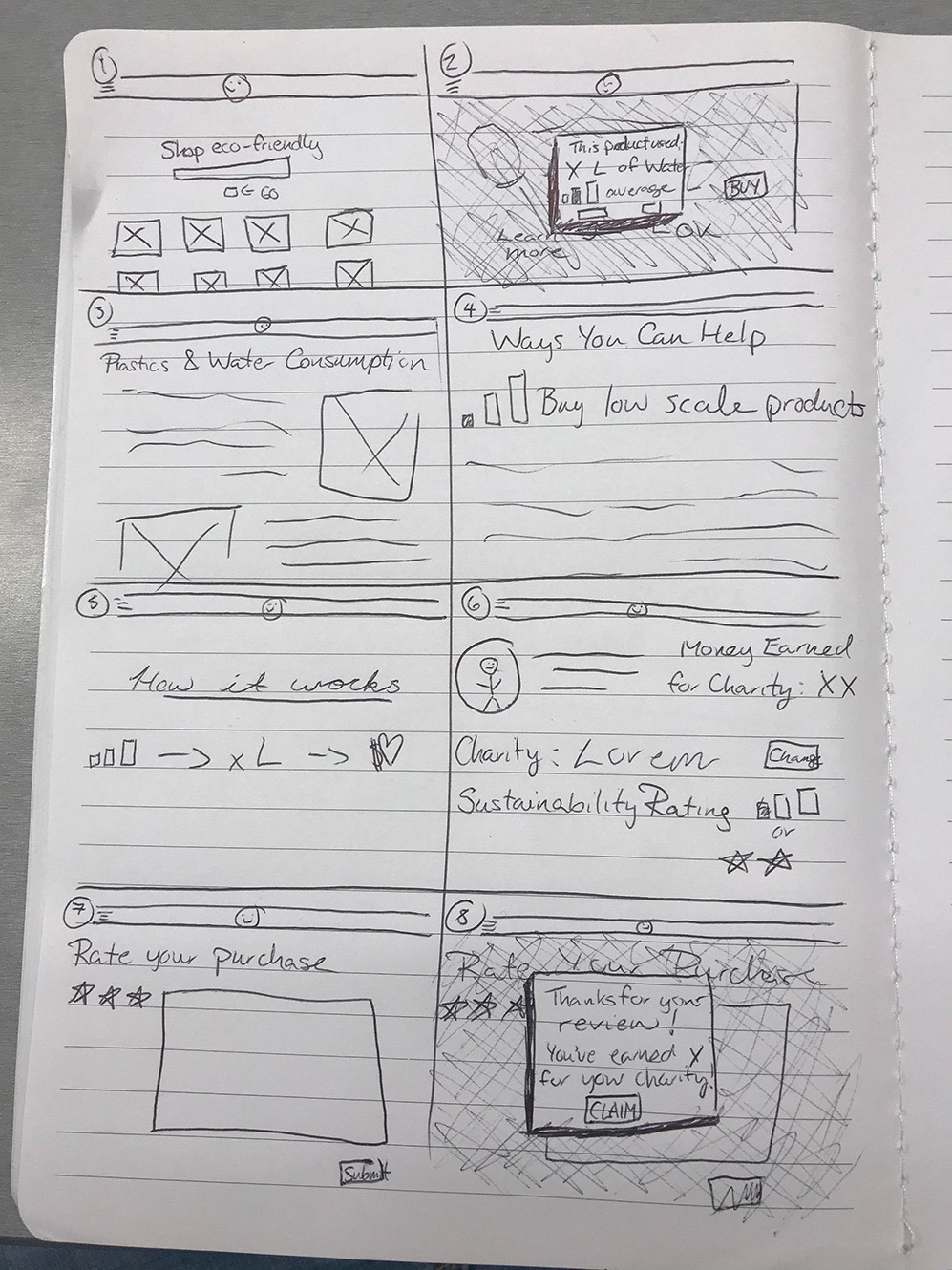

Second Iteration
In this iteration, we focused on developing a medium-fidelity prototype, conducting usability testing, and developing our brand.
Wireframes
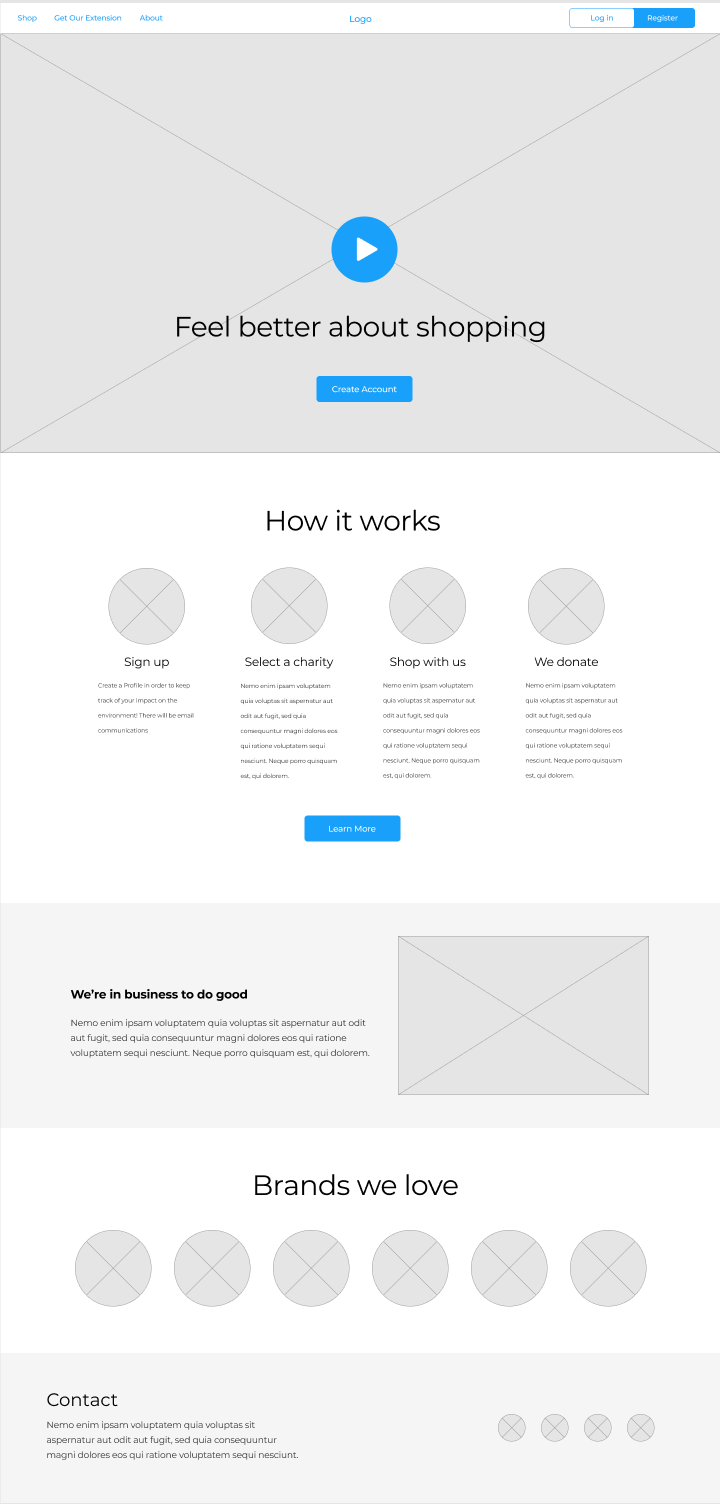
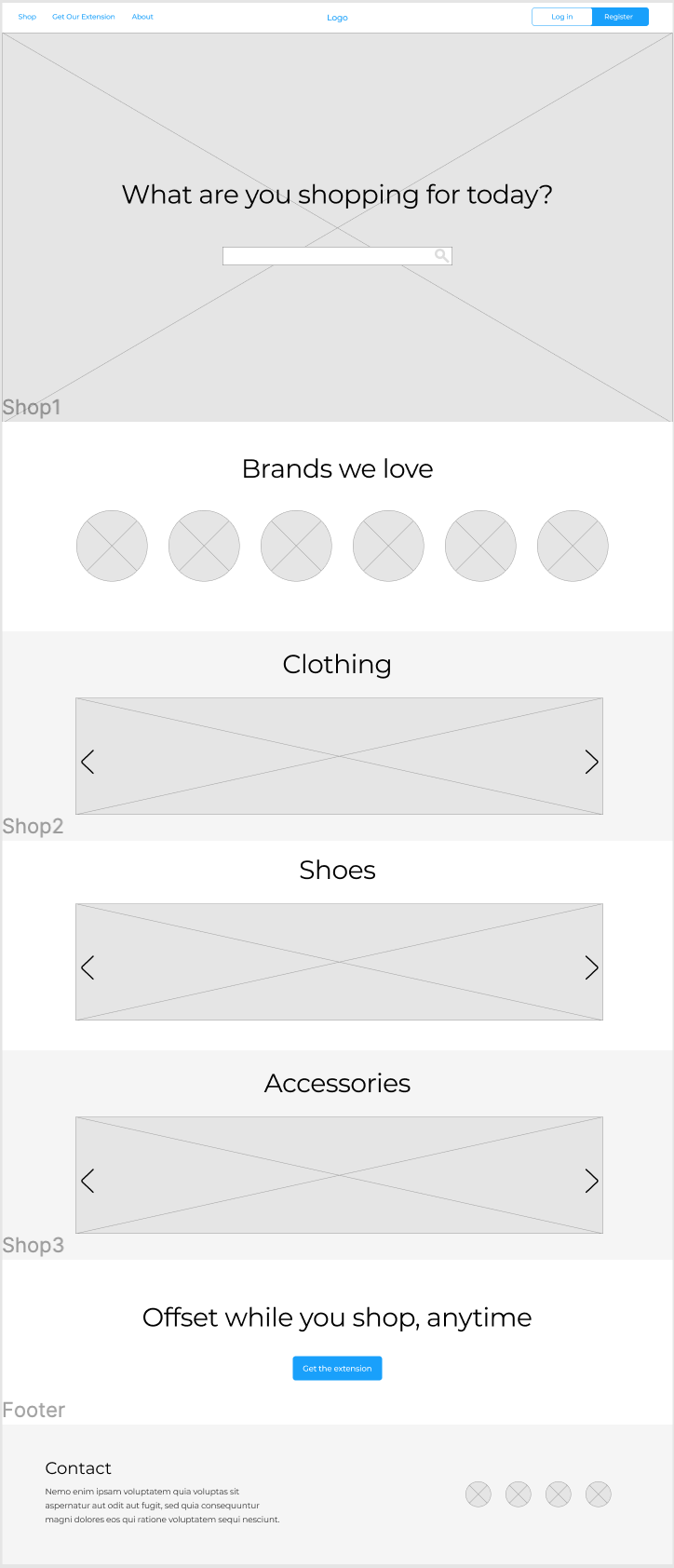
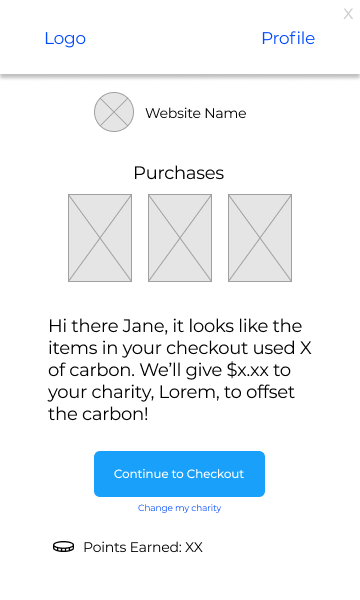

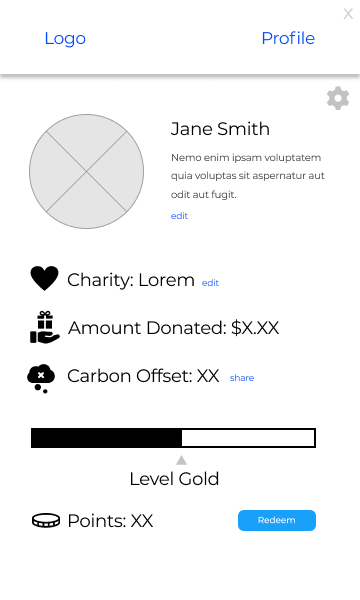
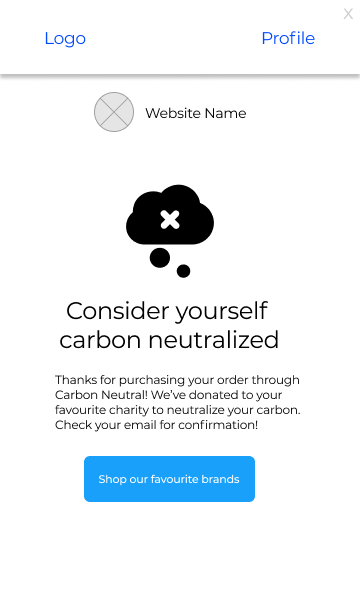
Medium-Fidelity Prototype Screens
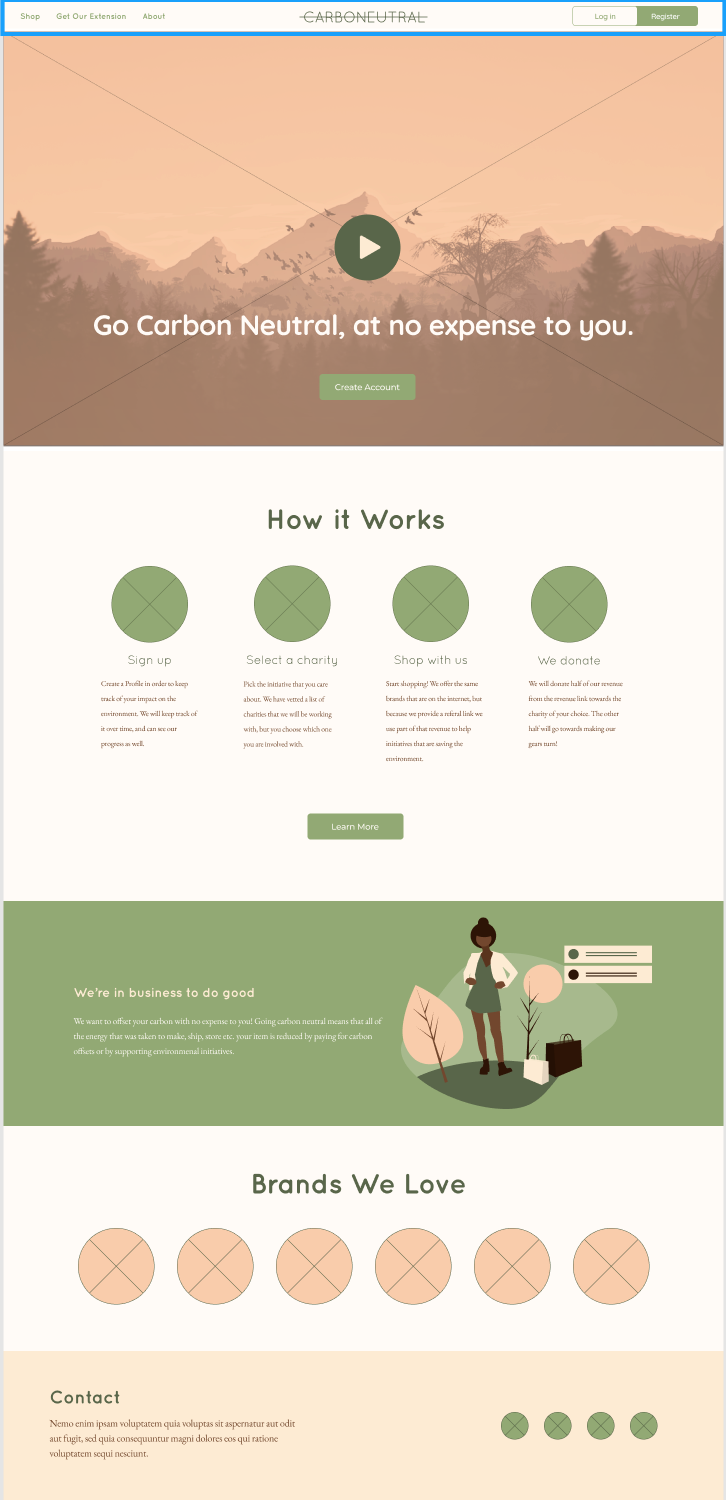
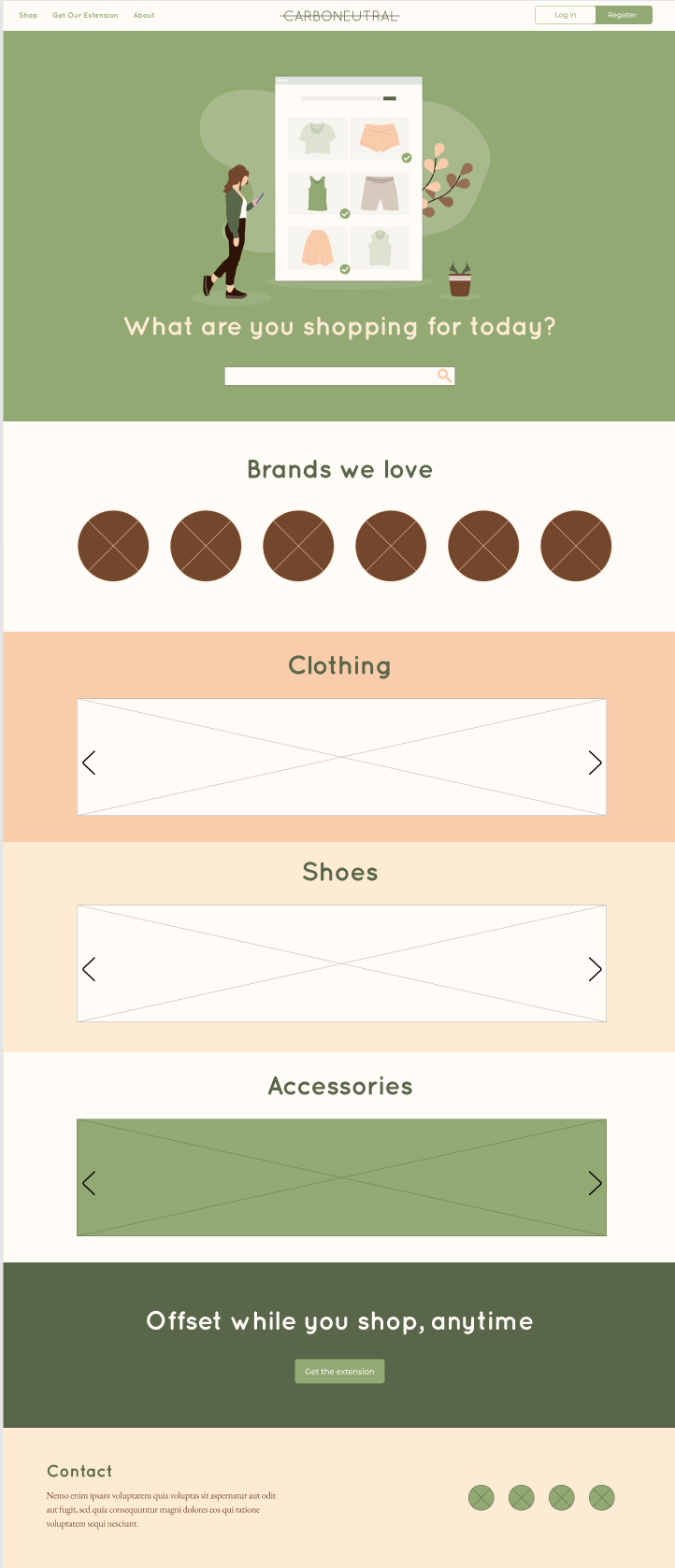
Testing
During this iteration, we conducted usability testing within our key demographic. Users were asked to go through the prototype and make a purchase on Everlane. Afterwards, we asked them a series of questions to get an understanding on their perceptions of the brand and the experience of making the purchase and offsetting their carbon.
Findings
1. Respondents would use the service again for its ease of use and lack of cost to consumers.
2. Respondents were generally really confused about the points system.
3. Respondents seemed to grasp the concept of the service, but there were some areas where there was need for clarification, specifically around where the money was coming from to donate.
4. Respondents noted that the branding, specifically the colours, felt dreary and negative.
5. Respondents were excited about being able to help the environment in an easy and non-intrusive way.
6. Respondents had an overall positive opinion of the service.
Final Prototype
From the findings of our previous iteration, we simplified the carbon offset process, added clearer explanations surrounding the process to ensure understanding and transparency, and refreshed the branding to ensure it felt bright and positive.
Screens



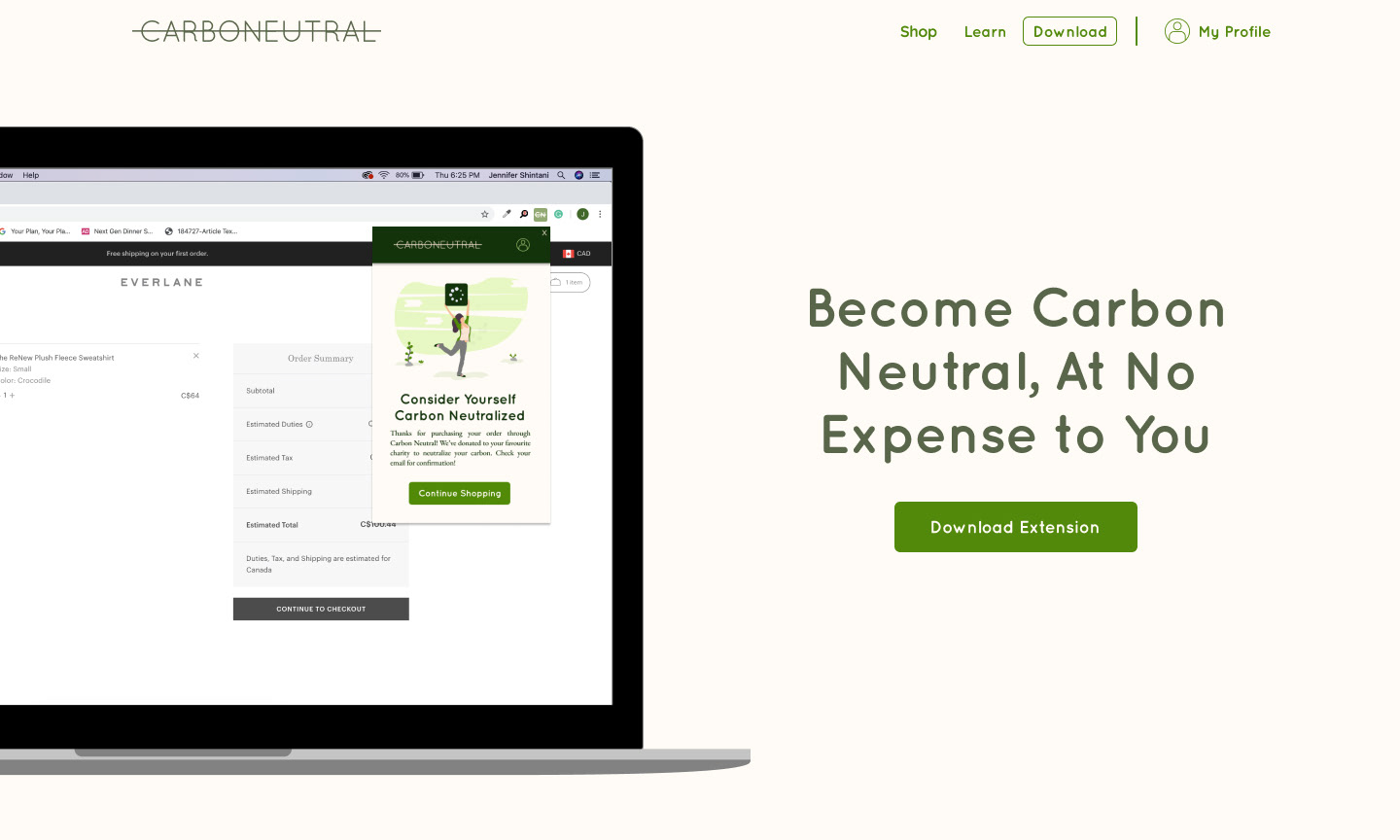


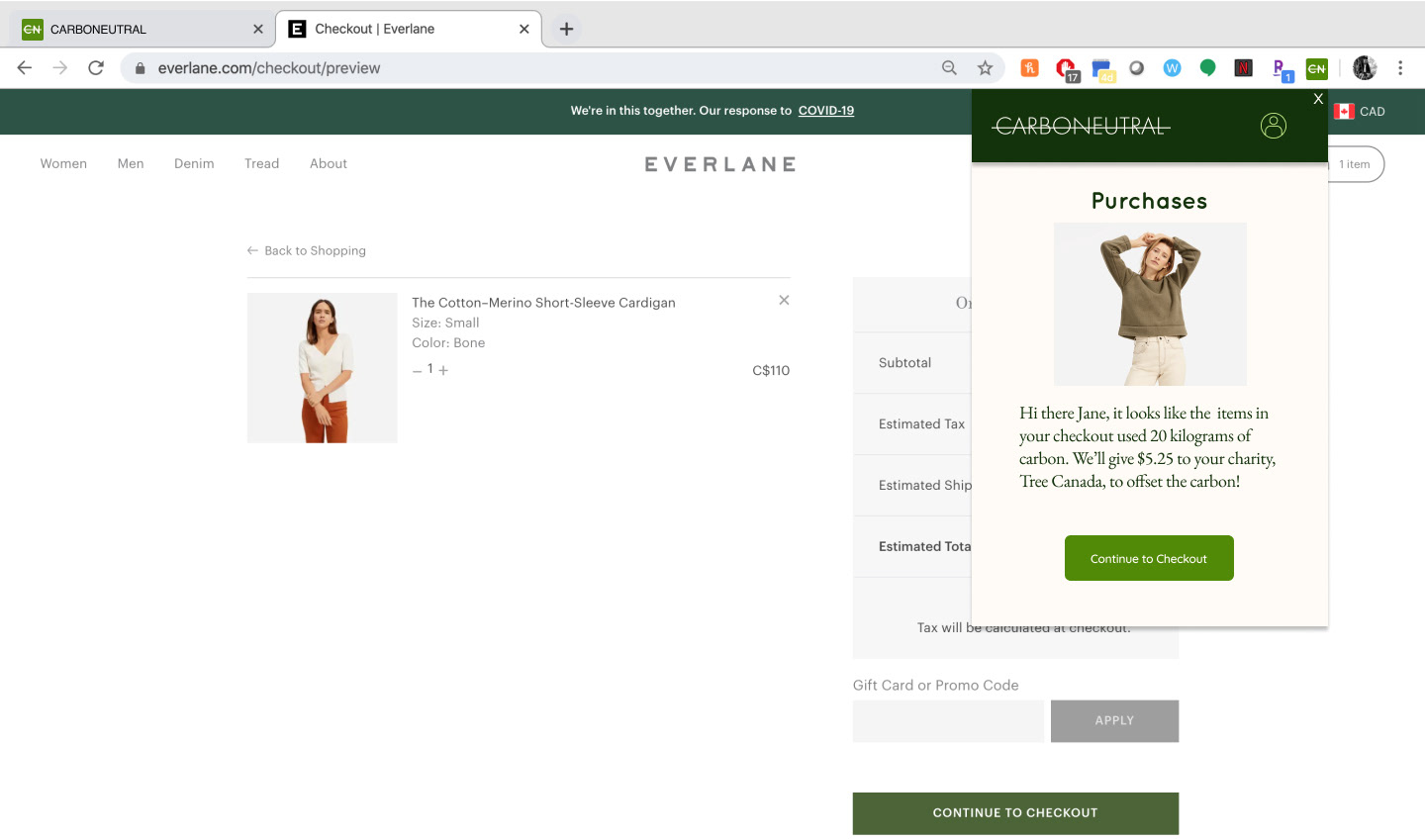

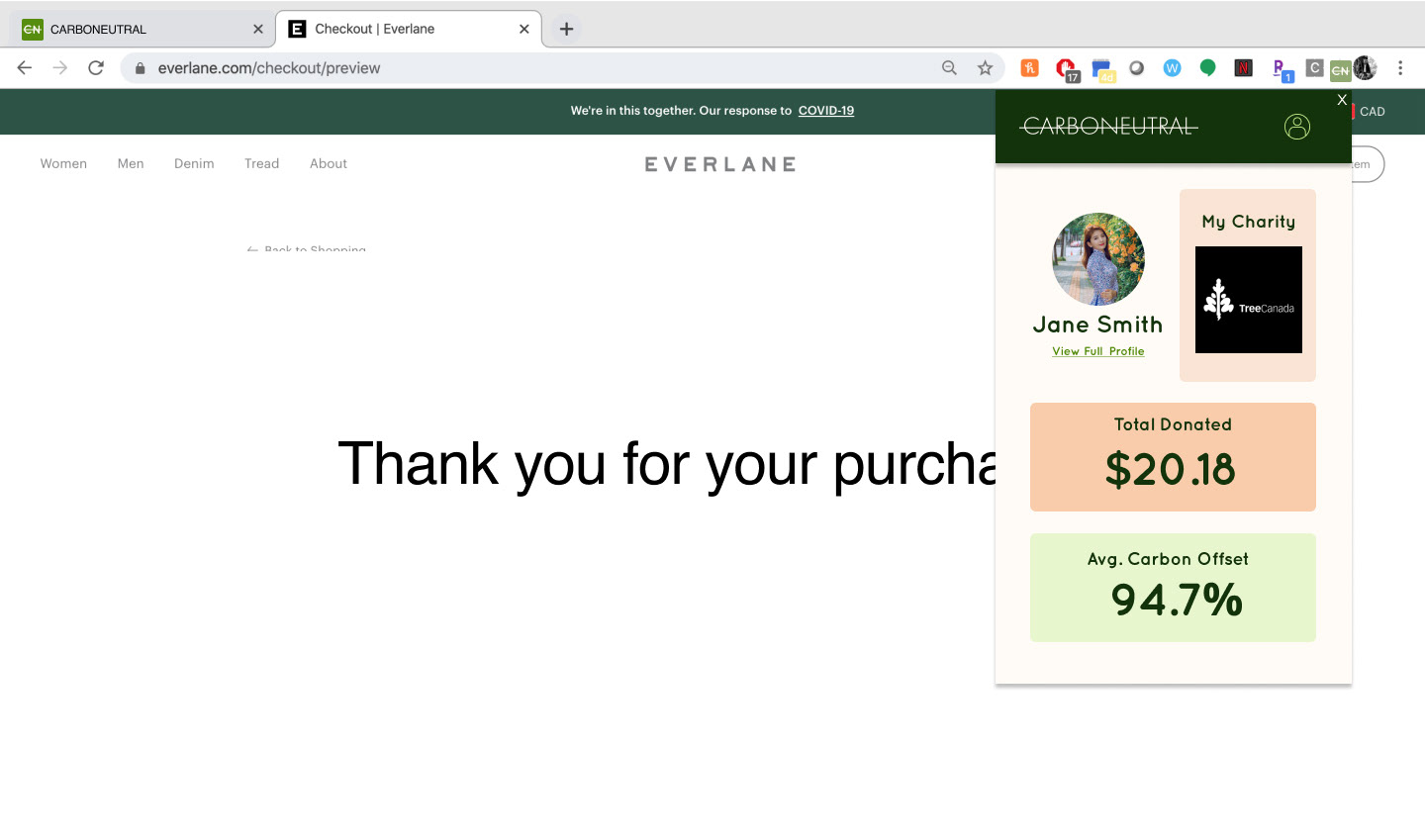
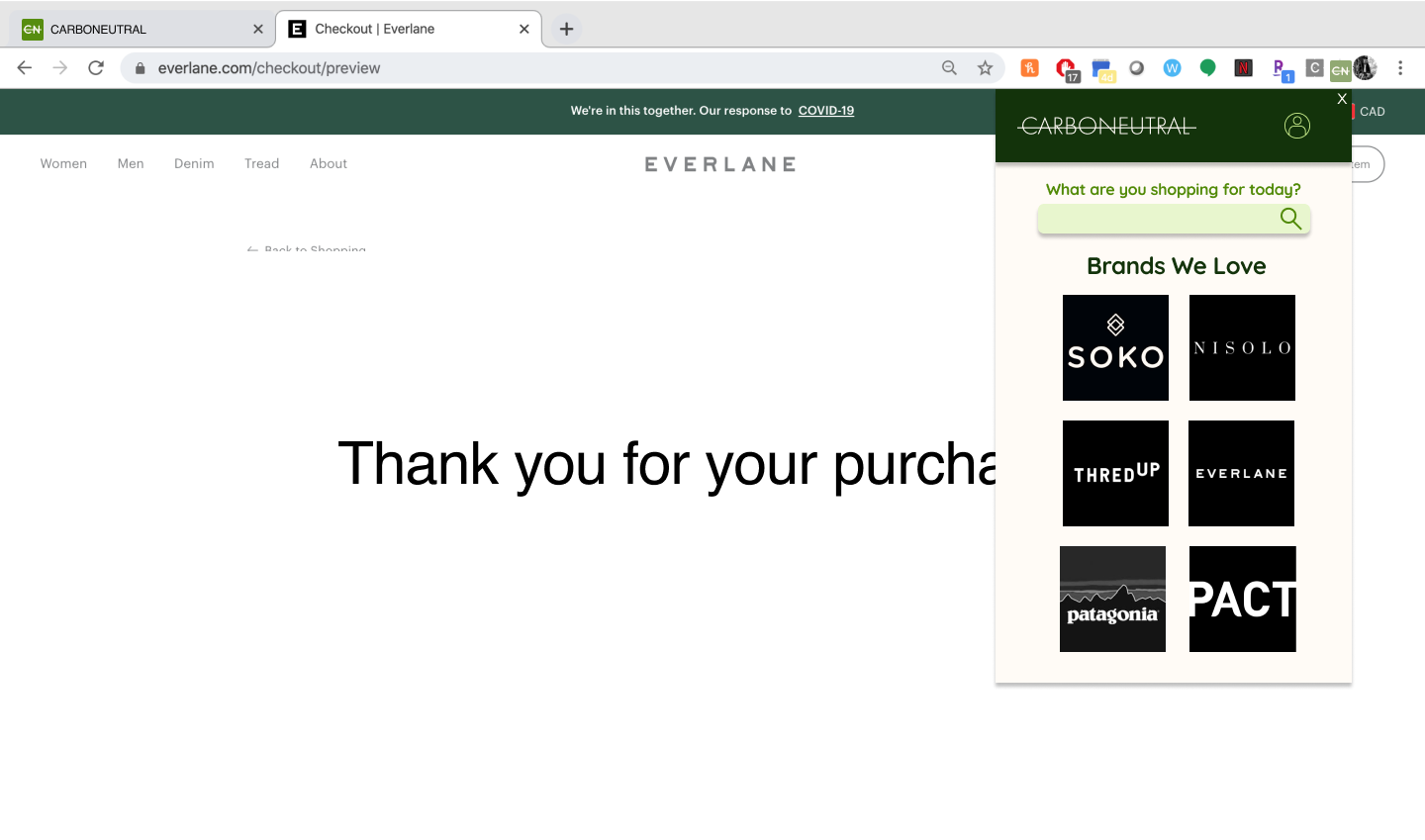

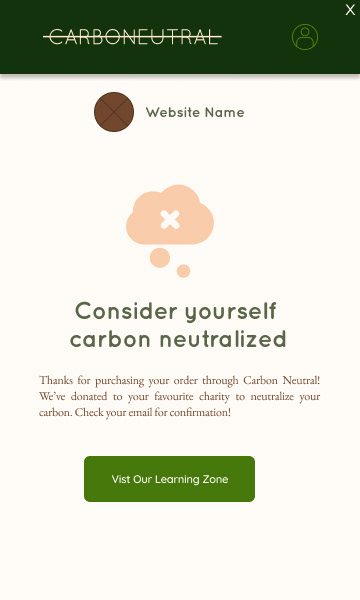

Branding
Business Model Canvas
Key Partners
Our key partners are twofold:
Businesses who already value sustainability and the environment who would like to have a platform to sell their clothing.
Charities who we will donate to in order to offset our customers’ environmental impact from their purchases.
Key Activities
We will be educating consumers on the environmental impact and offsetting the carbon footprint of their purchases, as well as encouraging eco-friendly purchases through gamification and monetary incentives.
Key Resources
Key resources include a website platform and Google Chrome extension, as well as employee talent and business and charity partner relationships.
Customer Segments
We are targeting young adults ages 18-30 of any gender who are geographically located in areas with consistent access to the internet and a stable economy.
Our customers are sincere in their intentions with a growing commitment to greener lifestyles and are willing to learn and change their lifestyles to a more greener alternative. Our consumers want to purchase a product that will produce a sense of gratification, rather than guilt.
Value Propositions
We offer environmentally-conscious individuals an easy way to offset the environmental impact of their purchases and to educate them of the impact of their purchases without having to change their current online shopping habits.
We also offer businesses the opportunity to market their eco-friendly products to environmentally-conscious individuals.
Customer Relationships
Customers expect us to reward their loyalty and be transparent in our practices. Customers also look to us to be a source of education in sustainable products, as well as to promote eco-friendly businesses.
Channels
We are using SEO targeted marketing to promote our website on eco-friendly clothing, shoe, and accessory searches. We are also leveraging social media channels as an inexpensive channel to spread the word and email marketing to support customer retention.
Customer Segments
Our customers are sincere in their intentions with a growing commitment to greener lifestyles. They are willing to learn and change their lifestyles to a more greener alternative.Our consumers want to purchase a product and feel a sense of gratification.
We are targeting young adults (ages 18-30) of any gender who are geographically located in developed areas with consistent access to the internet and a stable economy.
Cost Structure
We are following a value-driven model wherein customers will be driven to our service through the environmental benefits we offer.
Revenue Streams
Our primary revenue will incur through taking a percentage from our affiliate links revenue from companies with which we have partnered.
